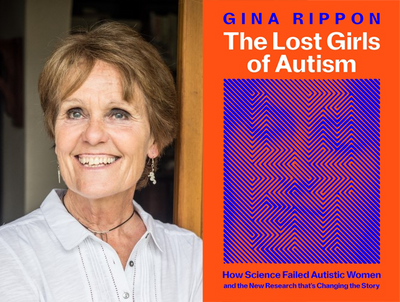- The research was carried out by the University of Birmingham’s Katie Edwards and Aston University’s Jackie Blissett and James Reynolds
- Both the availability of high-calorie options and their position on the menu affects teenagers’ choices
- Restaurants provide an important location for implementing low-cost and high-reach interventions to tackle obesity.
New research from the University of Birmingham and Aston University has found that putting lower-calorie meal choices at the top of a restaurant menu, and reducing the availability of high-calorie options, makes teenagers more likely to order the healthier options.
Childhood obesity rates have been increasing year on year, with government pledges and targets to reduce obesity unfulfilled or missed. Restaurants are a common food environment for adolescents, with one fifth of children consuming meals out at least once a week. The study has been published in the journal Appetite.
Dr Katie Edwards, research fellow in psychology at the University of Birmingham and a visiting researcher at Aston University, who led the study, said:
“Childhood obesity is a significant public health challenge. A key period for targeting dietary intervention is adolescence, when young people become more independent, making their own decisions about diet and socialising with friends more. Interventions have targeted healthy eating at home and at school, but we wanted to see how altering restaurant menus can impact the choices teenagers make.”
The researchers asked 432 13 to 17-year-olds to take part in an online experiment. They presented the teenagers with three different menus, with five starters, ten main courses and five desserts in separate sections, as one would find on a standard restaurant menu. Each menu was slightly different; one which reduced the number of high-calorie options on offer, one with menu positioning of low- to high-calorie meals, one which combined the availability and position interventions, and then one ‘typical’ menu. The participants were asked to select a starter, main and dessert from each menu.
The experiment showed that the availability and the position interventions resulted in significantly lower calorie meal choices, compared to the choices made from the menu with no intervention (the ‘typical’ menu). The average number of calories for a selected meal reduced from 2099.78 to 1992.13 when the items were ordered from least to highest calorie content. The availability intervention reduced it from 2134.26 kcal to 1956.18 kcal. The group who had the combined availability and positioning intervention menu saw their meals’ calorie value plummet from 2173.60 kcal to 1884.44 kcal.
The study also found that the positioning intervention had the biggest impact on main course choices. The availability intervention and the combined interventions, on the other hand, did not have a big impact on the calorie value of main course choices. The availability intervention had the most impact on starter choices. None of the interventions had a significant impact on dessert choices.
Dr Edwards said:
“Main menu choices saw the biggest reduction in calories following the position intervention, going from 1104.17 kcal to 1045.16 kcal, while the availability intervention saw the biggest reduction in the starter option. While not all interventions saw statistically significant reductions for all courses, each intervention saw a significant reduction in the calorie content of the overall meals.”
Dr James Reynolds, senior lecturer in psychology at Aston University, said:
“People tend to consume higher calorie meals when they eat out, so restaurants provide an important location for implementing low-cost and high-reach interventions which can encourage healthier eating in teenagers. Many restaurants are already required to display calorie information on their menus, but our research has shown that tactics like altering the position or availability of high-calorie options on menus could also be a useful tool in trying to reduce obesity and help young people make healthier choices. The next step for this research would be to replicate the study in restaurant settings.”
Read the full paper in the journal Appetite at https://www.sciencedirect.com/science/article/pii/S0195666324005749





